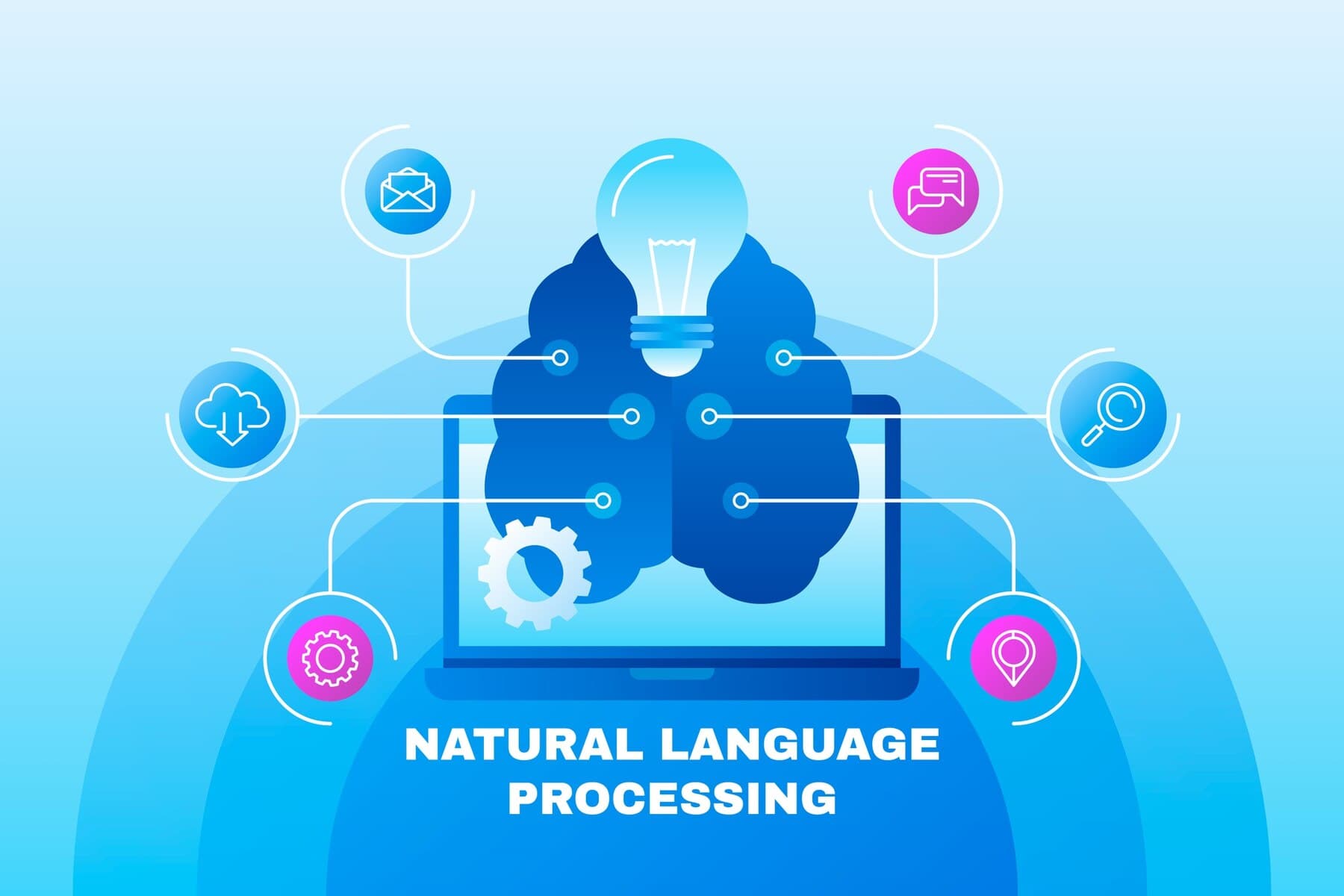Introduction to Natural Language Processing (NLP)

Introduction to Natural Language Processing (NLP)
What is NLP?
Natural Language Processing, or NLP, is a branch of artificial intelligence (AI) that focuses on the interaction between computers and humans through natural language. The ultimate objective is for computers to understand, interpret, and produce human languages in a valuable way. This would enable meaningful conversations between humans and machines.
Large Language Models in NLP
Recent advancements in NLP have been greatly influenced by the development of Large Language Models such as GPT-3 and GPT-4. These models are trained on enormous datasets and are capable of performing a variety of NLP tasks right out of the box. Their applications range from simple text generation and summarization to more complex tasks like machine translation and code generation. Their emergence has significantly accelerated the capabilities and applications of NLP technologies.
Why is NLP Important?
In our data-centric world, understanding human language is essential for deriving actionable insights from vast pools of unstructured text data. Applications include:
Information Retrieval: Search engines like Google utilize NLP algorithms to fetch the most relevant results.
Machine Translation: Google Translate and similar services use NLP for translating text between languages.
Speech Recognition: Voice assistants like Siri and Alexa employ NLP to comprehend spoken instructions.
The Challenges
Natural language is often ambiguous, with words having multiple meanings based on context. This, along with the complexity and nuances of human language, makes NLP a challenging domain within AI.
Components of NLP
NLP consists of multiple sub-tasks, including but not limited to:
Tokenization: Splitting text into words or other meaningful tokens.
Text Classification: Assigning predefined categories to text.
Sentiment Analysis: Evaluating the emotional tone behind a piece of writing.
Machine Translation: Converting text from one language to another.
Speech Recognition: Transforming spoken language into written text.
Conclusion
The field of NLP is continually evolving, and with the advent of Large Language Models, the possibilities for more interactive and intelligent systems have never been greater.
Coding Exercise: Install NLTK and Perform Basic Text Manipulations
Objective:
Learn to install the NLTK library and engage in fundamental text manipulations such as sentence and word tokenization.
Steps:
Install NLTK by running pip install nltk
Import the library and download essential packages:
import nltk
nltk.download('punkt')3. Sentence Tokenization Sentence tokenization is the process of splitting a text into individual sentences. The aim is to identify the end of one sentence and the start of the next. While punctuation marks like periods often signal the end of a sentence, they can also appear in abbreviations or decimal numbers. To address this ambiguity, tokenizers may use additional cues like capitalization and contextual patterns.
from nltk.tokenize import sent_tokenize
text = "Hello, world! NLP is fascinating."
sentences = sent_tokenize(text)
print(sentences)
4. Word Tokenization Word tokenization is the process of breaking a sentence into individual words and symbols, known as "tokens." It transforms text into a more analyzable format. For example, "I love programming!" becomes ['I', 'love', 'programming', '!']. This is a crucial step in many NLP tasks.
from nltk.tokenize import word_tokenize
words = word_tokenize(text)
print(words)
Please visit the github repo for entire code. Thank You
niranjanblank
https://github.com/niranjanblank/90DaysofNLP/blob/main/Day1/basic_text_manipulation.ipynb